Forty-year-old ‘nuclear survival’ handbook more relevant today
Forty years ago, a survival handbook was made to help Australians live through a ‘nuclear holocaust’ — but some say the book is more relevant now than ever as we face unprecedented conflicts.
National
Don't miss out on the headlines from National. Followed categories will be added to My News.
Forty years ago, a guide book was produced with a title that sparked national discourse and debate – and kept Australian children awake at night.
The declared aim of Australia’s Nuclear Survival Handbook was to get Australians to “think the unthinkable”, the possibility of the extinction of the human race at what was then the height of the Cold War.
The public was encouraged to pick up a copy of the 66-page manual, complete with helpful maps of states and territories, ring-marked with likely blast and fallout zones and medical tips on combating radiation for those not quick enough to flee to a bunker.
Its gravitas dissipated as the Cold War came to an end five or so years later, but how relevant again is the manual in 2024?
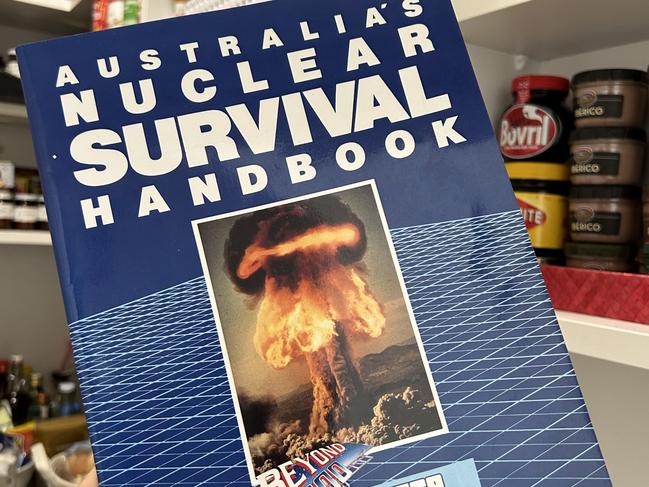
This year has universally been declared by security analysts as a crossroads for a new “unthinkable” – World War III.
We live in a period now of unprecedented geopolitical instability, with more crisis points than existed during World War II. There is conflict and escalating threats in the Middle East, Asia and Europe that involve three superpowers (Russia, China and the United States) and a dozen middle powers, including Australia.
By default, our nation’s global engagement and alliances make us a target and technology advancement is such the tyranny of distance and geography can no longer be relied upon for our defence.
If anything, the Covid-19 has since taught us to prepare for the unthinkable since, despite numerous alarms about a possible pandemic one day, the world was unprepared when it happened.
OBSESSED WITH NUCLEAR THREAT
“I think that anyone has to look at a nuclear bunker as almost like being, and I hate to use the term, a holiday house … People should prepare themselves,” music guru and national icon Molly Meldrum was quoted saying in Australia’s Nuclear Survival Handbook.
Meldrum’s thought, alongside those of military generals and politicians, was not so unusual given how end of days had been so prevalent in popular culture at the time.
It was the height of the Cold War and the world was collectively holding its breath for an anticipated USSR and US Mutually Assured Destruction (MAD) nuclear missile exchange.
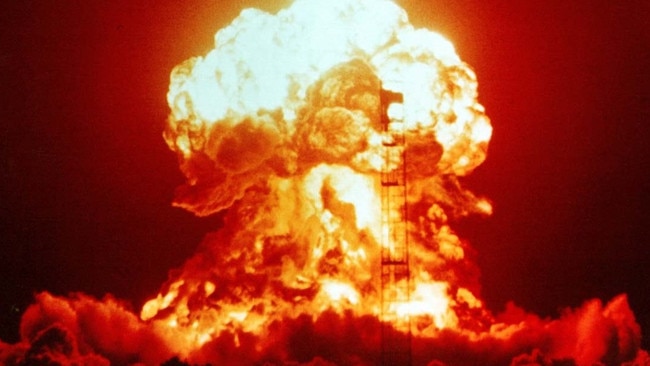
The handbook was produced in 1984/85 to coincide with a nuclear survival special by the highly popular Channel 7 science and tech TV series Beyond 2000.
The world was obsessed with the nuclear threat, notably after the American TV film The Day After – starring Jason Robards and Steve Guttenberg – that outlined a fictional war between NATO forces in conflict with eastern Europe republics that led to a full-scale nuclear exchange between the USSR (Russia) and the US. When it aired in November 1983 it became, and remains, the highest rated television film in history.
The Australian handbook retailed at newsagencies for just $3.50 under the pitch. It was not about the end of the world but survival of “a nuclear winter” following a possible assault directly on our capital cities from the Soviet mainland and its huge nuclear bomb air base it operated in Cam Ranh, Vietnam.
The book makes for sobering reading as it detailed how Russians might want to “obliterate” all US bases in Australia but also the capital cities to deny their use of American war assets.
With America expanding its military footprint in Australia, the public were already on edge that the country would be a target.
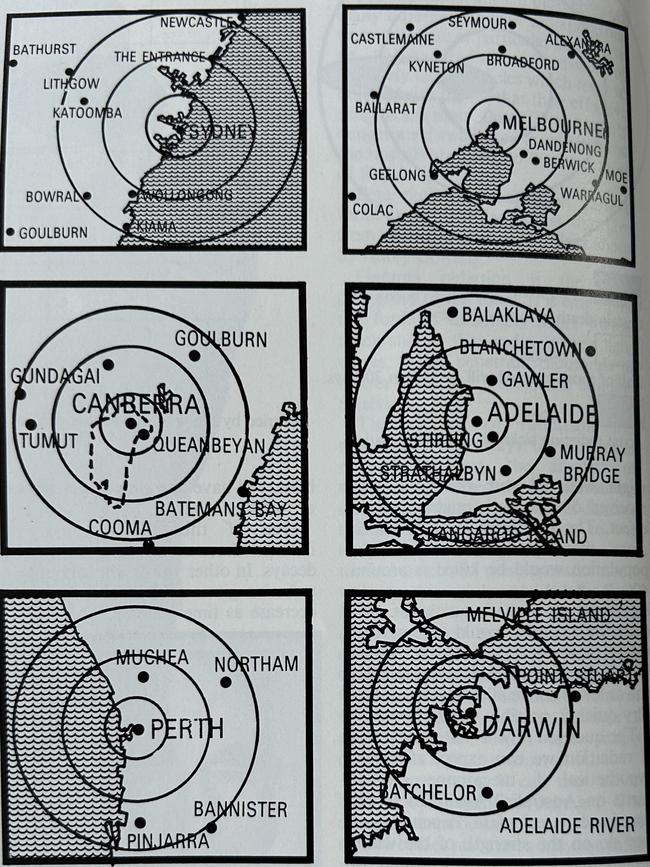

“We were still thinking of Dr Strangelove (Stanley Kubrick film), I suppose, and the book Fail-Safe (novel), about the launch of a nuclear war by accident, and the Cuban missile crisis, so it was sort of built into us that it might happen basically, a sort of inevitability so we might as well prepare,” author of the handbook, Laurie Strachan, said this week.
“I think we all had a basic fear of that but it wasn’t on the surface, but I think we all – when you stopped and thought for a while – you got a shiver up your spine at the thought of all this stuff out there.”
The now 83-year-old journalist said the book was better than TV programs that trivialised the threat because his book was based on facts that he and his research team, including wife Jenny, and a typist (who ironically later found out she belonged to a family of Soviet spies) set about pulling the handbook together.
“I didn’t know a lot about nuclear war or anything but an old friend phoned me and she was working at Lucas Heights (nuclear reactor in southern Sydney), and she said people there were amazed how and where I got all this research from,” he recalled.
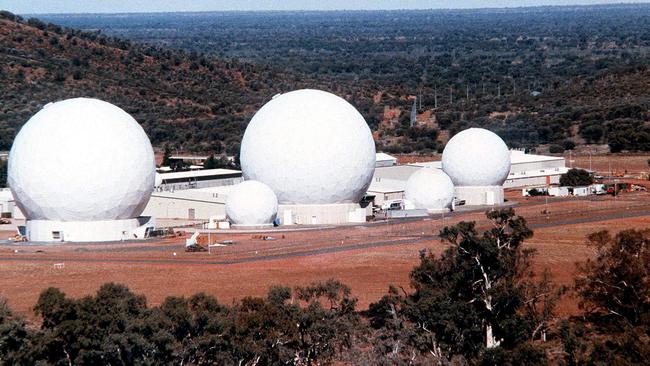
The book features bunker designs and options (curiously including Sydney’s Bondi Junction shopping plaza and its David Jones department store as a “suitable fallout shelter”) and the sorts of foods to stockpile, including basics like water, dried goods, flour, powdered milk, tinned beef and, of course, Vegemite. It also nominated likely primary targets like US-Australian joint bases Pine Gap (NT), Harold E. Holt Communications Station (WA), Nurrungar/Woomera (SA) as well as Australian military bases principally in Darwin (notably RAAF Tindal) and HMAS Stirling in Perth.
These remain more so targets today since they have all been significantly upgraded to track Russia, China and flashpoint, and conflicts in some form in Asia and the Middle East.
But the handbook also outlined possible assault on all capital cities.

Defence is quoted in the handbook, dismissing that notion with the naive belief “both superpowers (USSR/US) have stated that they do not target population centres unless they are close to targets of military significance”. Most capital cities have such targets (notably Adelaide, Sydney and Brisbane) and, as the world has seen, that statement is clearly not the case with Russia specifically targeting Ukraine’s civilian population in its current war.
Department of Home Affairs was approached for comment.
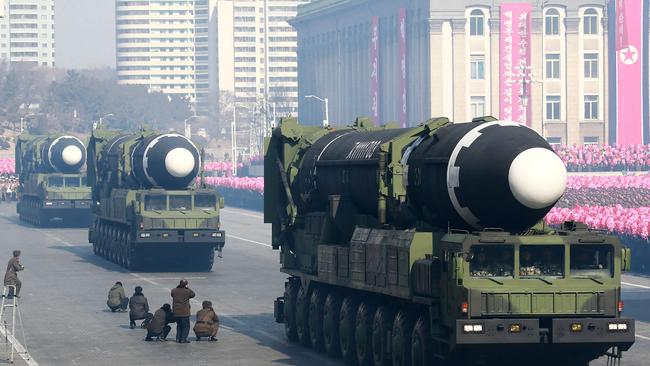
Australia’s nuclear threat response framework was updated last September to reflect trends in overseas attacks including cyber assaults by foreign adversaries.
The “Australian Government Crisis Management Framework – version 3.3” was created as a manual for ministers and senior officials to understand their respective roles and responsibilities.
In the event of a chemical, biological, radiological or nuclear (CBRN) attack, the Department of Home Affairs is the lead agency to coordinate a health, defence and National Emergency Management Agency (NEMA) response.
States and territories are the first responders to any incident that occurs within their jurisdiction and have primary responsibility for the protection of life, property and the environment within the bounds of their jurisdiction.
But in the event of a widespread or “nationally significant security incident” federal authorities take command including federal Health.
Agencies including the Australian Nuclear Science and Technology Organisation, Australian Radiation Protection and Nuclear Safety Agency (ARPANSA) and Australian Safeguards and Non-Proliferation Office (ASNO), would also provide specialist advice.
“The National Emergency Management Agency and Department of Home Affairs lead coordination of Australian Government social and community recovery arrangements in response to nationally significant security incidents,” a Home Affairs spokesman said.
“NEMA would also engage states, territories and other stakeholders through the National Coordination Mechanism to deconflict lines of efforts, and ensure the full resources of Australia were available to support response, relief and early recovery.”
SURVIVAL SHOPPING LIST
Water – for 14 days, minimum 30 litres per person (minimum double if you plan to wash plates/yourself)
Radio – battery operated (in steel box to protect against Electro Magnetic Pulse – EMP)
CB radio
Lighting – small lamps, torches, candles, matches
First aid kit
Tools – basic selection of saws, nails, hammer
Radiation meter
Portable camping gas cooker
Pack of cards/board games
Food – boiled hams x 40, cooked salamis, all canned goods, particularly fruit. Also powdered milk 8kg, cornflour x 5kg, nuts 5kg, biltong 5kg, dried bananas/apricots 10kg, salt 1kg, Vegemite, tinned tuna/sardines x 30, dried pastas/noodles x 10, sugar 10kg, soup (Beef, Veg, Mushroom) 90 packets, dried biscuits 10kg, honey 5 jars, evaporated milk 5 tins, toilet paper
More Coverage
Originally published as Forty-year-old ‘nuclear survival’ handbook more relevant today




